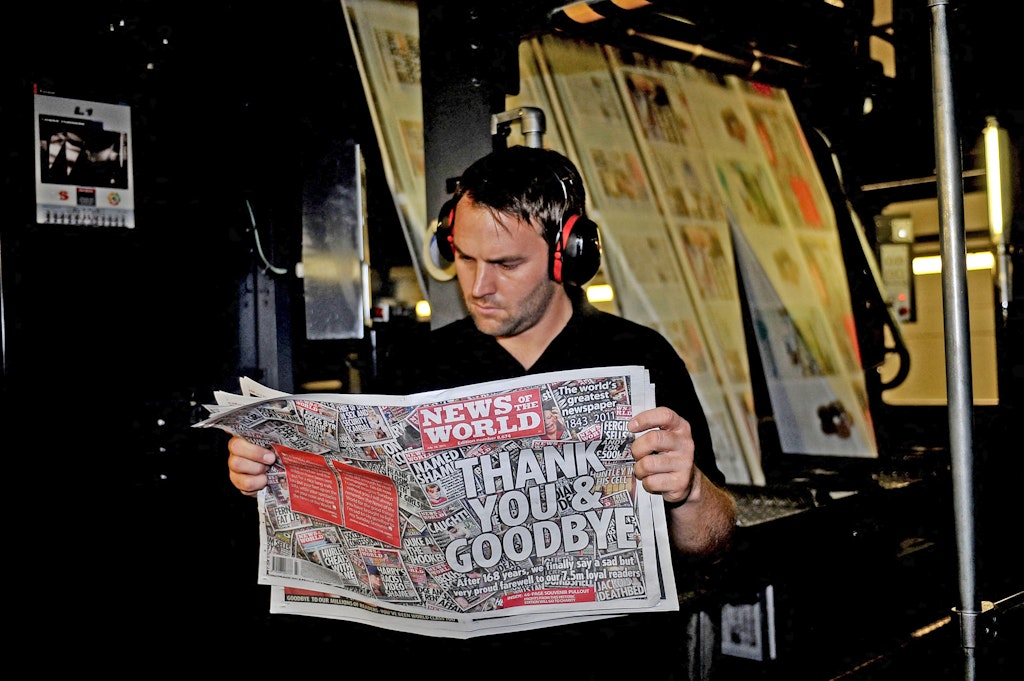Letter from Washington: Biden’s classroom conundrum
The president is struggling to make, let alone keep, his school reopening promise
If you’re a British parent desperate to see your child’s school reopen after more than half a term of remote learning, spare a thought for your American counterparts. In many parts of the US, schools never reopened fully last year and remain mostly shut. Here in Washington, for example, in-person learning has just started again for the first time since March, and most children are still at home most of the time.
The Biden administration says it has made reopening the schools a priority, promising that most of them, from kindergarten to eighth grade (age 13) would be in-person by the end of his first 100 days. But this week, the White House struggled to define exactly what it meant by that already fairly unambitious target.
On Tuesday, The president’s spokesperson Jen Psaki suggested their definition of “open” meant a school offering half of the children in-person teaching one day a week, hardly the business-as-usual that many parents expected. That evening, during a CNN town hall, Biden claimed the goal was more ambitious and that there had been a “mistake in the communication”. By the weekend it remained exactly what the administration’s goal was remained unclear.
The school reopening row is obviously of great interest to American parents, but it’s also a revealing early example of the challenges and tensions that Biden faces and demonstrates the limits of Biden’s technocratic promise to “follow the science” in his response to the pandemic.
The official guidance from the Centers for Disease Control and Prevention says it is safe for schools to reopen as long as they take steps to slow the spread of the coronavirus. And yet, parts of the Democratic coalition refuse to follow that advice. America’s teachers’ unions have demonstrated their power in recent months, standing in the way of state and local efforts to get children back into classrooms. They argue that teachers should not be asked to return to in-person learning until they have been vaccinated. They also claim that more money is needed to open schools safely even though $60bn in funding from the last Federal relief package remains unspent, triple what the CDC says it would cost to adapt every school in America to handle the pandemic.
In the case of schools, following the science would mean Biden taking an aggressive stance in favour of reopening and spoiling for a fight with teachers’ unions that, in many cases, appear to have lost sight of the dire educational and mental health toll that remote learning has imposed on their neediest pupils. Instead, he and Vice-President Kamala Harris are reluctant to speak too specifically or stridently on the subject lest they find themselves on the wrong side of the over-mighty unions. The one thing they seem to be doing with enthusiasm is spending more on the problem: the White House wants to spend a further $130 billion on helping schools reopen.
The school reopening row coincides with a disheartening deceleration of the vaccine rollout and the White House pushing back when they think every American adult might be eligible for a vaccine from March to May or June. On both vaccines and schools, Biden’s response has so far been defined by a cautiousness that prioritises expectation management over doing whatever it takes to getting life back to normal as quickly as possible.
The president thinks America is capable of a world-beating pandemic response. But that would require a sense of ambition and nation mission that have so far been lacking. If Biden wants to prove himself right, his administration must be more aggressive and accept that “following the science” sometimes means making enemies — including on your own side of the political divide.
Enjoying The Critic online? It's even better in print
Try five issues of Britain’s most civilised magazine for £10
Subscribe














